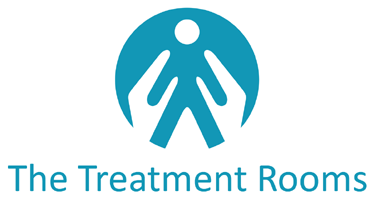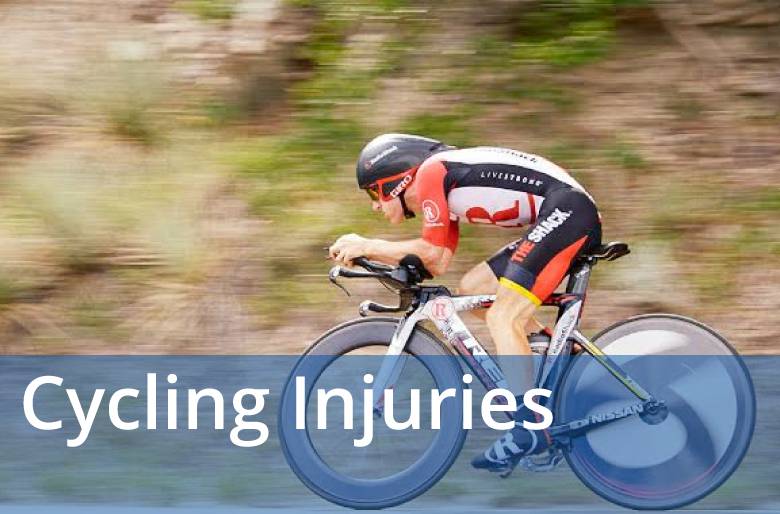Cycling is not just an activity involving the lower half of the body – cycling is a full body activity. Desk job cyclists have to spend many waking hours in the same position. Sitting, hunched over desks, phones as well as handlebars. Hours in similar positions creates imbalances, with overloading of muscles creating a feeling of tightness and weakness. Left unchecked, those imbalances can hinder your pedal stroke, dim your power and even cause pain and injury.
KEY MUSCLES USED ARE:
QUADRICEPS (Quads): theses are responsible for pushing down on the pedals, which generates the most power in the pedal stroke. The rectus femoris is the quad that runs straight down the front of your thigh and helps flex your hips—i.e. pull up on those pedals as well as pushing down
CALVES: the gastrocnemius and soleus act as stabilisers throughout the pedal stroke. They help produce about 20% of the power load.
HAMSTRINGS: the upper portion of the hamstrings play a role in the down stroke or ‘push’ phase of pedalling, and the lower part are active in the up stroke or ‘pull’ phase as the knee bends.
As we bend forwards on the saddle to reach the bars cycling affects your hamstrings in the following ways;
- The upper hamstrings at your hips are stretched, so can become relatively ‘loose’ and weak.
- The lower hamstrings at the knee, remain bent. This can lead to a tendency for the lower portion to become shortened and tight
- Overall, this imbalance between the ‘tone’ in the two ends of the muscle can lead to problems and stress and strain.
CORE: the core muscles, such as the abdominal muscles, are the foundation from which all movement, including the pedal stroke, stems. They are fundamental in supporting your spine. Imbalances contribute significantly to back pain
GLUTES: those muscles help stabilize you in the saddle. Your large posterior muscles not only help you stand, sit, lift, and climb, but they also stabilise your pelvis and can help prevent back pain.
ADDUCTORS: these are the inner thigh muscles. Many cyclists get tight inner thigh muscles, which can cause aching knees and affects the glutes. This can lead to instability in the saddle.
KEY INJURY REASONS
-
- Overuse: too much too soon, need to load gradually
- Uncomfortable bike position
- Weak postural/other muscles
PREVENTION
- Strengthening of key muscles
- Bike fit: essential for comfort on the bike and reduces injury risk as well as increasing performance
- Stretching of key muscles post exercise
QUADS
Quad strengthening
Quad stretching
ADDUCTORS
Adductor stretch
Adductor strengthening
CALVES
Calves strengthening
Calf stretching
HAMSTRINGS
Hamstring stretch
Hamstring strengthening
GLUTES
Glute stretching
Glutes strengthening
CORE
Russian twistsFlutter kicks
 BACK
BACK
Back strengthening
 Back stretches
Back stretches
TREATMENT
- self assess: can you work out why you might have caused the injury using the above general injury reasons (overuse/too much too soon/weak muscles etc) and if so can you change that?
- RICE (Rest, Ice, Compression, Elevation)
- Soft Tissue Therapy to assess, treat, rehab and prevent.
If you would like to hear more about cycling Injuries and prevention contact us at the Treatment Rooms.













 BACK
BACK Back stretches
Back stretches





